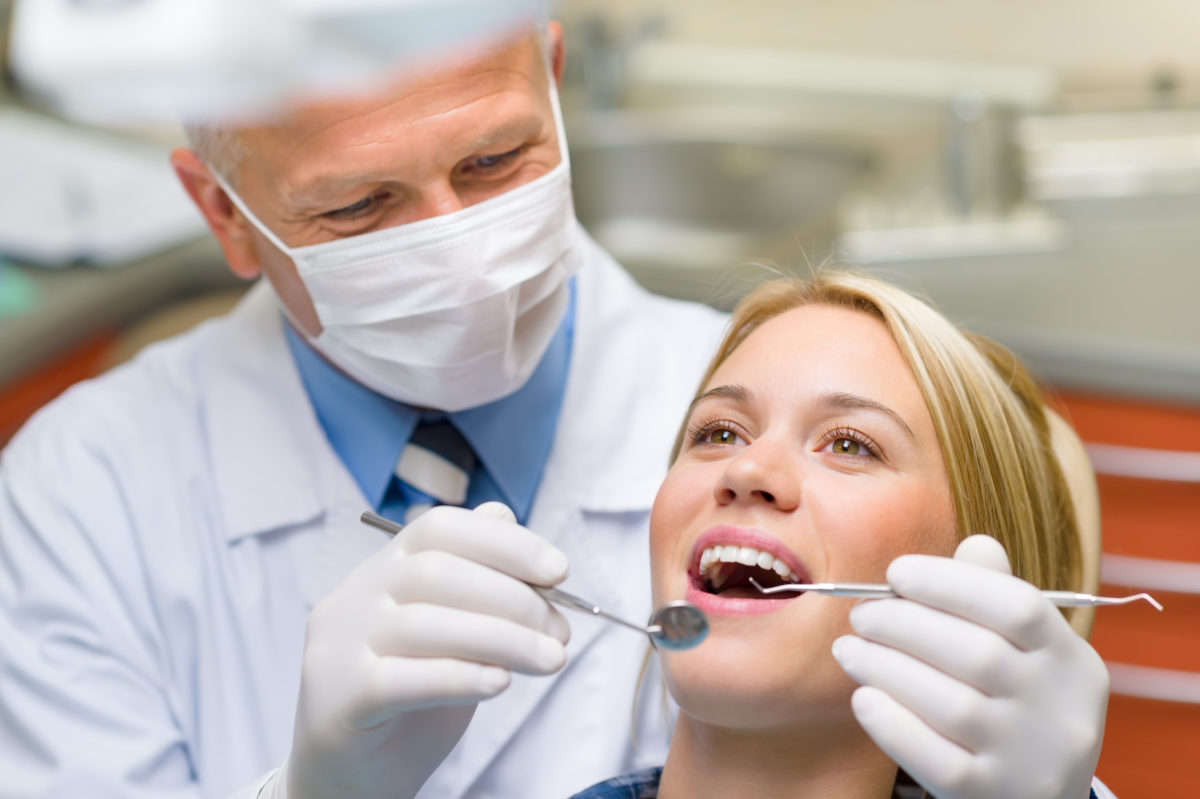Not known Factual Statements About Legacy Orthodontics
Not known Factual Statements About Legacy Orthodontics
Blog Article
Facts About Legacy Orthodontics Uncovered
Table of ContentsNot known Facts About Legacy OrthodonticsThe Definitive Guide for Legacy OrthodonticsGetting The Legacy Orthodontics To WorkWhat Does Legacy Orthodontics Do?Some Known Facts About Legacy Orthodontics.
In addition, we use flexible treatment routines, versatile payment options and an enjoyable, pleasurable experience.An orthodontist is a dental practitioner trained to diagnose, prevent, and deal with teeth and jaw abnormalities. They remedy existing problems and are trained to identify troubles that might establish in the future. Orthodontists collaborate with people of all ages, from youngsters to adults. Individuals usually link an excellent smile with healthiness.
Malocclusion, or misaligned teeth, can bring about oral problems, including dental caries, periodontal disease, and tough or unpleasant chewing. But not everyone is born with straight teeth. If you have a bad bite or large areas in between your teeth, you may intend to get in touch with a dental professional concentrating on orthodontic care.
The Definitive Guide for Legacy Orthodontics
( Picture Credit History: DigitalVision/Getty Images) Orthodontists utilize taken care of and detachable dental gadgets, like dental braces, retainers, and bands, to transform the position of teeth in your mouth. Orthodontic therapy is for dental irregularities, including: Crooked teethBite issues, like an overbite or an underbiteCrowded teeth or teeth that are also much apartJaw misalignmentThe objective of orthodontic therapy is to improve your bite.
A healthy bite ensures you can consume, chew, and talk appropriately. While you might consider orthodontists as primarily for youngsters or teens that require braces, they can deal with oral problems at any age. Orthodontists attend college, dental college, and orthodontic school. After graduation, they invest 2 or 3 years in an orthodontic residency program.
All orthodontists are dental experts, yet not all dental practitioners are orthodontists. Orthodontic residency programs use intensive, focused direction for oral experts. They concentrate on 2 locations: Just how to properly and safely move teeth Exactly how to correctly lead growth in the teeth, jaw, and faceOnce an orthodontist has actually completed training, they have the option to become board licensed.
A Biased View of Legacy Orthodontics
Imbalance, or malocclusion, is the most typical reason individuals see an orthodontist. It is hereditary and is the result of dimension differences in between the upper and reduced jaw or between the jaw and teeth. Malocclusion brings about tooth overcrowding, an irregular jaw, or irregular bite patterns. Malocclusion is usually treated with: Your orthodontist affixes metal, ceramic, or plastic square bonds to your teeth.
Some people need a headgear to help move teeth right into line with stress from outside the mouth. A retainer is a customized tool that keeps your teeth in location.
They can produce added space in the mouth without having to draw teeth. Orthodontists utilize cords, medical screws, or plates to sustain your jaw bone.
You might require to see an orthodontist if you have: Crowding or otherwise enough room for every one of your teethOverbite, when your upper teeth come over your base teethUnderbite, when your bottom teeth are also much forwardSpacing or problems with gapsCrossbite, which is when your top teeth fit behind your base teeth when your mouth is closedOpen bite or an upright void between your front base and upper teethMisplaced midline, when the center of your bottom and upper teeth don't line up Dealing with a dental malocclusion can: Make attacking, eating, and talking easierImprove the symmetry of our face and your overall appearanceEase discomfort from temporomandibular joint conditionsSeparate your teeth and make them much easier to clean up, helping prevent dental cavity or tooth cavities It's frequently a dental expert that initially notifications misaligned teeth throughout a regular examination.
Excitement About Legacy Orthodontics

During your initial orthodontic consultation, you'll likely have: A dental examPhotos taken of your face and smileDental X-raysPanoramic (360 degree) X-rays of your face and headImpressions to produce molds of your teethThese examinations will certainly aid your orthodontist understand exactly how to wage your treatment. leesburg braces. An orthodontist is a dentist who's had training to treat your teeth go to these guys and jaw
Orthodontists may perform surgical treatment, exams,X-rays,and even more to help you achieve a more comfy, healthier smile. An orthodontist is concentrated on your bite, so something like a damaged tooth would be managed by a dental practitioner. Orthodontists are dentists but not all dental practitioners are orthodontists. Orthodontists are concentrated on your bite, or the way your teeth meshed, and the straightness of your teeth.
Ever before questioned exactly how celebrities always seem to have completely aligned teeth? The response usually lies in the skilled hands of an orthodontist. But what precisely does an orthodontist do? Orthodontists are dental experts that focus on correcting abnormalities in the teeth and jaws. Their experience exceeds simply producing a lovely smile; it encompasses improving your general oral health and wellness and feature.
The Legacy Orthodontics Ideas

, orthodontists have a diverse toolkit at their disposal. These tried-and-true braces use a system of braces adhered to the teeth and linked by cords.
Clear aligners, like Invisalign, are a preferred choice for patients looking for a more discreet treatment alternative. These removable trays are personalized to considerably change the teeth's setting. Headwear may be utilized in conjunction with braces or aligners to use additional targeted pressures, especially for fixing jaw discrepancies. In instances of narrow jaws, palatal expanders can be utilized to produce space for appropriate tooth alignment.
Report this page